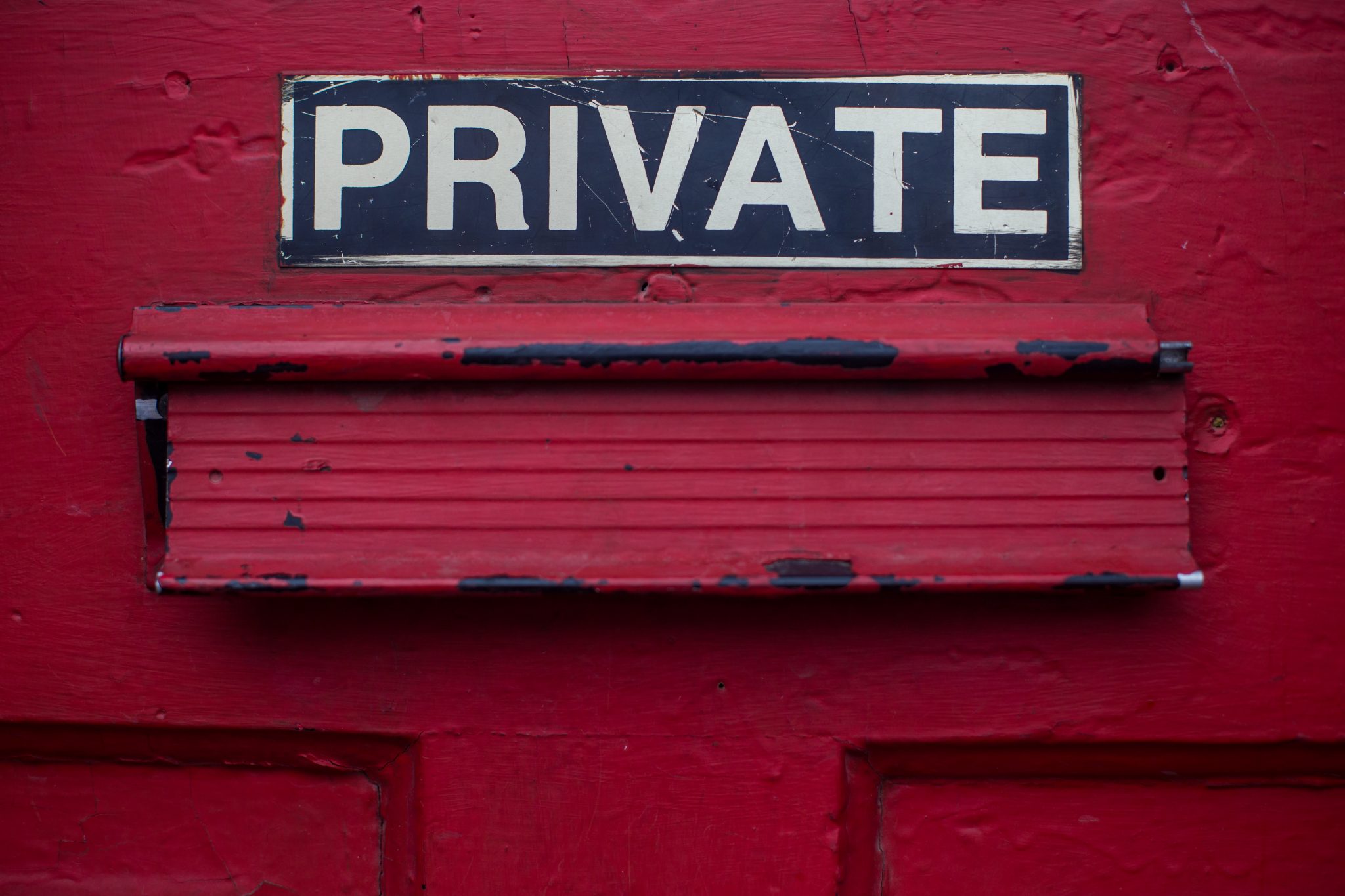Marissa Meyer didn’t just dislike the idea. She thought it was downright creepy. Yet there was something creepily brilliant about what Paul Buchheit had just suggested.
For years, Buchheit had been working on a skunkworks project to create a new service known internally as “Caribou”. A few in the company’s leadership were already using a prototype version of the service, and it worked well, but the effort had stalled because the company couldn’t figure out how to make the service pay for itself. In the hands of the public, it could potentially drain billions from Google’s coffers.
Buchheit had come up with a solution, but it was a solution that looked pretty devious. Ironic, because Buccheit was the guy who had come up with Google’s famous motto “Don’t be evil.”
The service was what came to be known as Gmail, and Buccheit had proposed that it could cover the cost of providing a free gigabyte of storage and even earn serious revenue by reading incoming emails and then serving up ads that would butt-in on the conversation, like a socially inept, half-drunk cocktail party attendee.

Your friend: Want to grab dinner tonight?
You: Sure. Where?
Weird Guy Who’s Been Listening In: Try the new giant buffalo wing bucket for only $19.99.
Creepy. Mayer was sure of it. “It’s going to be terrible,” she remembers thinking. She told Buccheit the idea was a no go. At the end of the meeting, Mayer put a fine point on the cabash.
“When I walked out the door, I stopped for a minute,” she later recalled. “And I said, ‘So Paul, we agreed we are not exploring the whole ad thing now, right? And he was like, ‘Yup, right.’”
The promise sounded sincere but it lasted only a couple of hours. Buchheit was so certain that seeing the ads served up would change his boss’ mind that he worked like mad that night building the feature.
The next morning, when Mayer checked her email, she saw that a friend had invited her to go hiking, and next to the message appeared an ad for hiking boots.
Next, she viewed an invitation to see Al Gore speak at Stanford, along with an ad for Gore’s new book. Recognizing that Buchheit must have worked all night to make his rogue dream come true, Mayer decided to let him sleep before chewing him out.
But as Mayer stewed and Buchheit slumbered, her view began to change. The ads were actually useful. By the time Buchheit made it in to work, Google’s founders Larry Page and Sergey Brin had also seen the ads and given the thumbs up.
Overcoming naysayers
Gmail launched on April 1, 2004, to a limited group of a thousand invitees, with April Fool’s Day chosen as a playful acknowledgment that the proposition of a getting a free gigabyte of email seemed outrageous. One gigabyte was 500 times the capacity offered by leading rival Hotmail.
Many people did think the announcement was a joke. Many more, however, agreed with Mayer, that it was just wrong. Seeing the description of how the service would be targeting ads, users said it was appalling. Pundits, politicians and rights groups piled on criticism.
By April 6, thirty-one organizations and advocates had signed a letter demanding Gmail be suspended. California State Senator Liz Figueroa went so far as to tell Google that Gmail is a “disaster of enormous proportions, for yourself, and for all of your customers.”
Once Gmail got into users’ hands, however, they raved about it. Before long, invites to get a free Gmail account were selling on eBay for more than $150.
Today, true to Buchheit’s vision, Gmail has more than one billion happy users, and from a profitability standpoint, Buccheit’s creepy invention has been a home run.
Rules are put in place in classrooms, in companies and in government for many good reasons: to increase predictability, minimize risk and to bring harmony between people.
In contrast, new, breakthrough ideas are usually unpredictable, risky and upset established patterns. That’s why you’ll so often find companies and managers talking about how much they value creativity, but once they see it, they’re likely to reject it, forcing creative individuals to lie, cheat and steal in order to bring their ideas to life.
Is creativity discouraged?

Two researchers, Erik Westby and VL Dawson had noticed this odd love/hate relationship and wondered if it was infecting our earliest experiences, that is if teachers might be inadvertently giving the wrong signals to young children about the value of creative thinking.
Ask teachers how they feel about creativity, and they’ll be quick to tell you it’s a critical skill.
But do teachers actually like and value creative kids?
To find out, Westby and Dawson picked ten traits that had been established to describe highly creative children and ten traits that are least typical of a creative child.
Some of the creative traits: nonconformist, determined, individualistic and progressive.
Not so creative: tolerant, practical, reliable and dependable.
Then each teacher was asked to rate their favorite child and their least favorite child in their class on all 20 traits.
All the teachers surveyed chose for their least favorite child a kid whose traits mark them as highly creative. And all but one chose for their most favored child a kid who was low on creativity.
Being a teacher’s least favorite student is a real disadvantage for a young person. Even kids themselves, perhaps picking up signals from teachers, don’t seem to think much of their creative classmates. Westby and Dawson concluded from their study that modern classrooms were starting young people out with the clear, but inadvertent, message that being creative just isn’t desirable or acceptable.
How to resist creative foes
It’s critical to recognize that defenders of the status quo will inevitably step in, at some point, to block you on your creative journey. Rather than be derailed by their objections or caught up in a personal drama of antagonism, there’s a better way forward.
Jeffrey Kassing who’s made a career studying rule breaking in organization says there are two types of resistors in an organization — those who openly express their dissent, known as articulated dissenters, and those who act on it quietly, called latent dissenters.
The quieter latent dissenters are more likely to be seen by their colleagues and managers as disloyal, and surprisingly more verbally aggressive and argumentative. Articulated dissenters may wear their concerns on their sleeves, but they are more likely to be perceived as satisfied, influential and committed and as having good relationships with their managers.
So, perhaps counterintuitively, if we’re going to break a rule, we’re often better off doing it in the open than doing it in secret.
Next, it’s important to articulate the pro-social value of breaking a rule, rather than the personal reason for doing so. Managers are more likely to forgive a violation if they think it was done in the interest of customers, co-workers or society as a whole rather than to help an individual employee achieve a personally important goal or to rectify an injustice they feel has been done to them.
As you step into the unsafe zone of creating change, understanding the common patterns of rule-enforcing and rule-breaking help reframe our antagonists and naysayers along the way, not as personal enemies but as archetypal and expected challengers.
We humans celebrate creative people, but we also can’t stand them. Know that and you’ll have far more power to create change.
Listen to Jonah Sachs on episode #1: Winning the Story Wars








